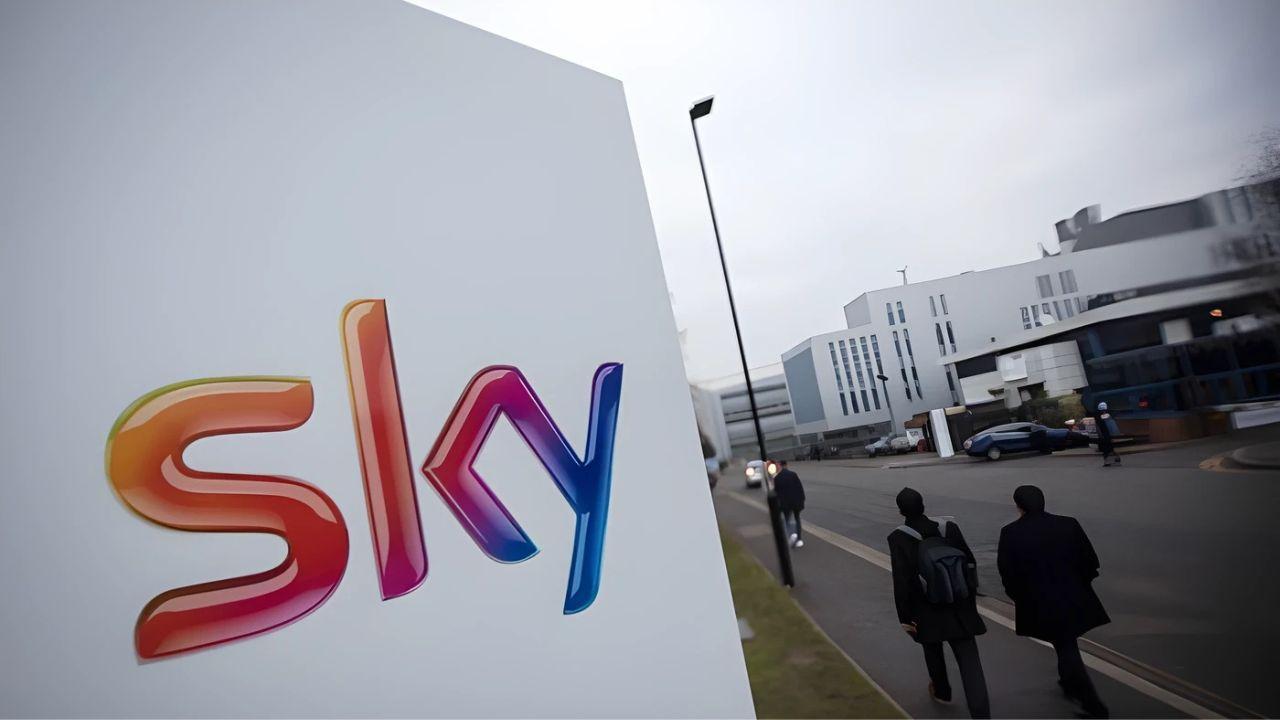
Post by : Avinab Raana
Photo : X / Ty Carver
Sky, the British pay-TV group under Comcast, is preparing to cut roughly 600 jobs in the UK as part of a sweeping shift from traditional satellite services toward digital and streaming platforms. The decision comes as Sky wraps up a three-year investment period in its products and platforms and now aims to sharpen its focus on digital-first service, performance, and customer experience. Approximately 900 roles overall are being affected, with about 300 expected to be redeployed within the business.
Sky executives see the move as the logical next step in response to shifting customer behaviour. Over 90 percent of new TV subscriptions now come from internet-based platforms like Sky Stream and Sky Glass, rather than the old satellite model. The company believes this digital transition creates an opportunity to streamline operations, reduce complexity, and concentrate resources on improving what already exists rather than constantly building new hardware or platforms.
With approximately 23,000 people employed in the UK, the departure of 600 is equivalent to about 2.5 percent of the workforce. The cuts will hit a range of areas, particularly those tangential to product development, engineering, and platform maintenance. In many cases, technological teams dealing with legacy systems, satellite installations, and equipment will likely see the impact most directly, as those roles become less essential in a streaming-focused environment.
While about 300 of the impacted roles may find alternative positions within Sky, many are expected to leave entirely. The company is opening consultations this week to explore redeployment where possible, but not every affected staff member may be eligible or available for reassignments. The mix of cuts and internal transfers demonstrates Sky’s attempt to balance cost-saving with retaining talent, especially in areas aligned with its digital future.
Sky’s messaging around this restructuring emphasises customer experience. The company wants to speed up, simplify, and improve reliability. Rather than launching ever more products, the strategy now is to enhance performance, reduce delays or glitches, ensure smoother streaming, and streamline service delivery. Products like Sky Stream and Sky Glass are central to this, and Sky wants to allocate more resources toward making these offerings more compelling—and more stable.
Part of this transformation hinges on reduced reliance on satellite services. As streaming over the internet becomes dominant, the infrastructure and workforce necessary for satellite delivery including installations, maintenance, and support are becoming less central. Sky’s decisions reflect a long-anticipated move in the industry away from installations and hardware toward IP-based delivery, which is cheaper, more flexible, and better suited to how audiences now consume content.
The UK’s media landscape is increasingly crowded with international streaming platforms pouring in content, subscription models, and technology innovations. Sky faces competition from global behemoths offering streaming originals and aggressively priced services. To stay competitive, Sky needs to both defend its subscription base and invest in compelling content as well as superior digital delivery. The job cuts help redirect investment toward content and digital infrastructure where growth and differentiation live.
These changes carry risks. Employee morale and retention could suffer especially among those in legacy roles. Sky will also need to manage customer expectations carefully; service disruptions or product issues could undermine trust. Tech-centric operations are notoriously complex to transition, particularly in live platforms where downtime, bugs or performance lapses can ripple widely. And redeployment may not be feasible in all cases, which could deepen reputational or legal challenges.
Sky’s restructuring is part of a larger pattern across media and telecom. Many companies are shrinking engineering, installation, and legacy operations roles while expanding streaming, content production, AI, and platform engineering functions. As consumers abandon physical equipment and opt for digital delivery, providers must adapt or risk obsolescence. In that context, Sky’s decision looks less like a sudden cut than one more step in a long-term realignment.
Employees affected will likely face consultations in coming weeks. Some may be offered new roles; others may leave. Sky may implement support measures, retraining, or severance packages. For viewers, the changes may manifest as fewer new hardware announcements and more refinement of existing services. Improvements in streaming performance, app responsiveness, reliability, and content offerings may become more visible. Sky will also need to ensure that customer support systems and user interfaces keep pace with the digital shift.
Sky’s plan to cut around 600 UK jobs is an inevitable pivot as it accelerates its shift toward streaming and internet-based delivery. The changes reflect deep shifts in how audiences consume media, how platforms build and maintain content, and how legacy roles must evolve or fade. Sky’s success in this transition will depend on its ability to retain critical talent, maintain service reliability, and deliver compelling content that keeps subscribers loyal. The next few quarters will reveal whether this strategy sets Sky up for sustainable digital growth or risks alienating its workforce and customer base as it chases the future.
Sky job cuts, Sky 600 layoffs UK, Sky redundancies 2025

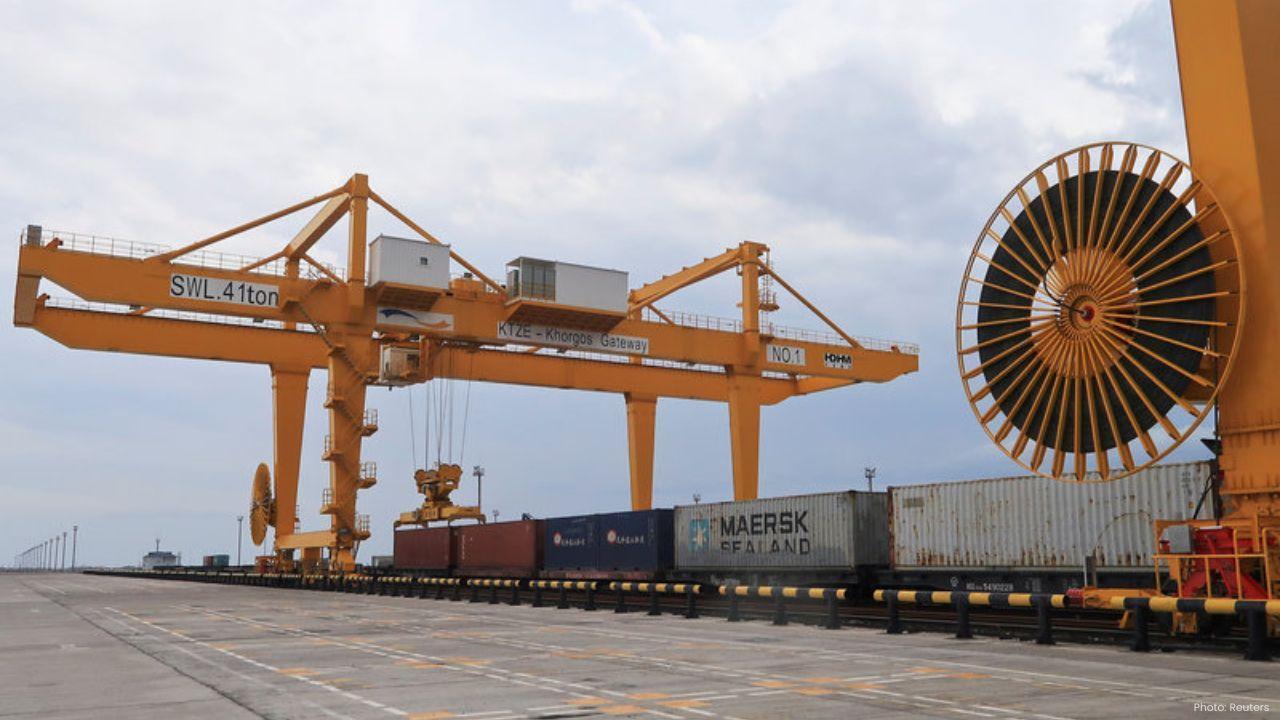
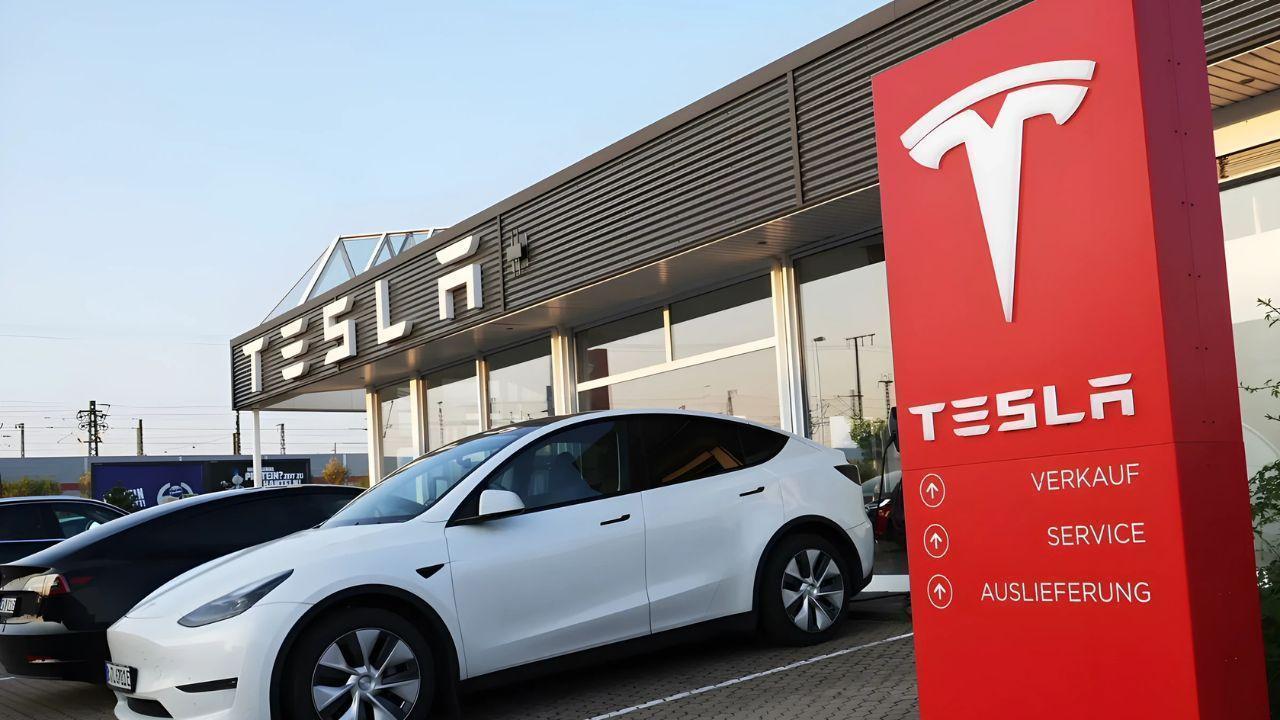






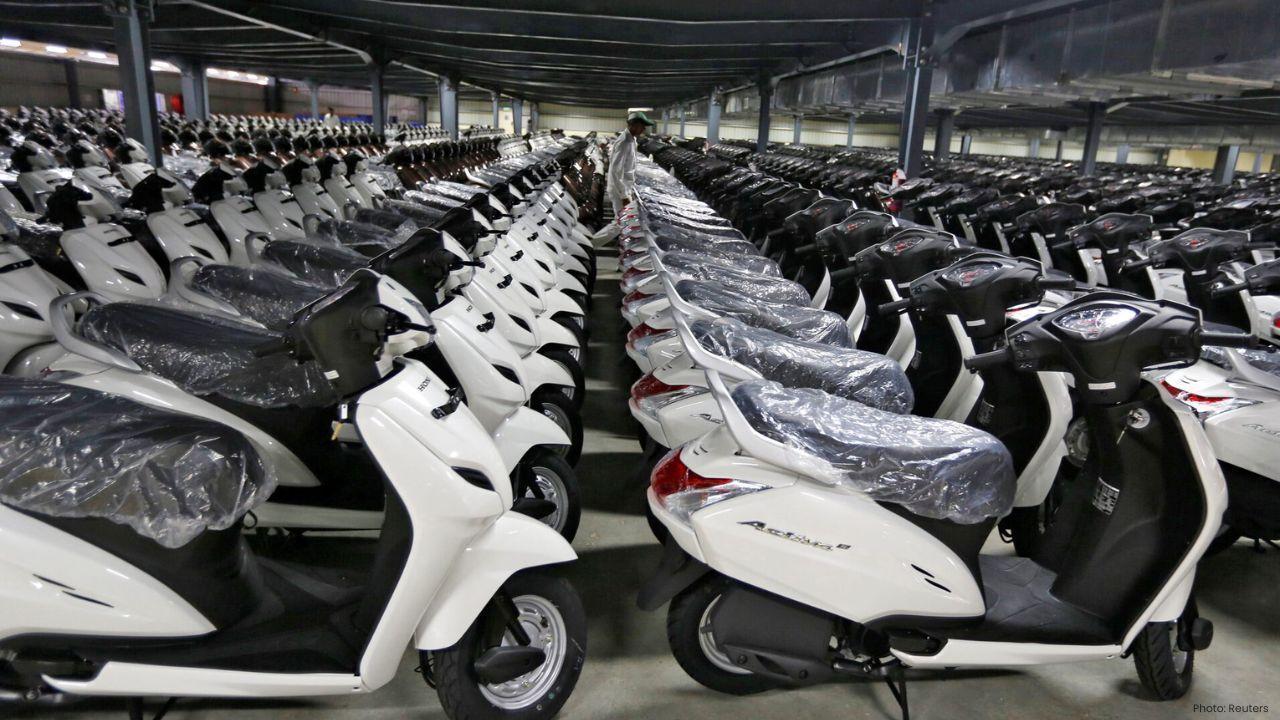
Honda Cuts Prices on Scooters and Bikes After GST 2.0 Revision
Honda reduces prices on Activa Dio Shine CB350, passing GST 2.0 benefits to customers with savings u
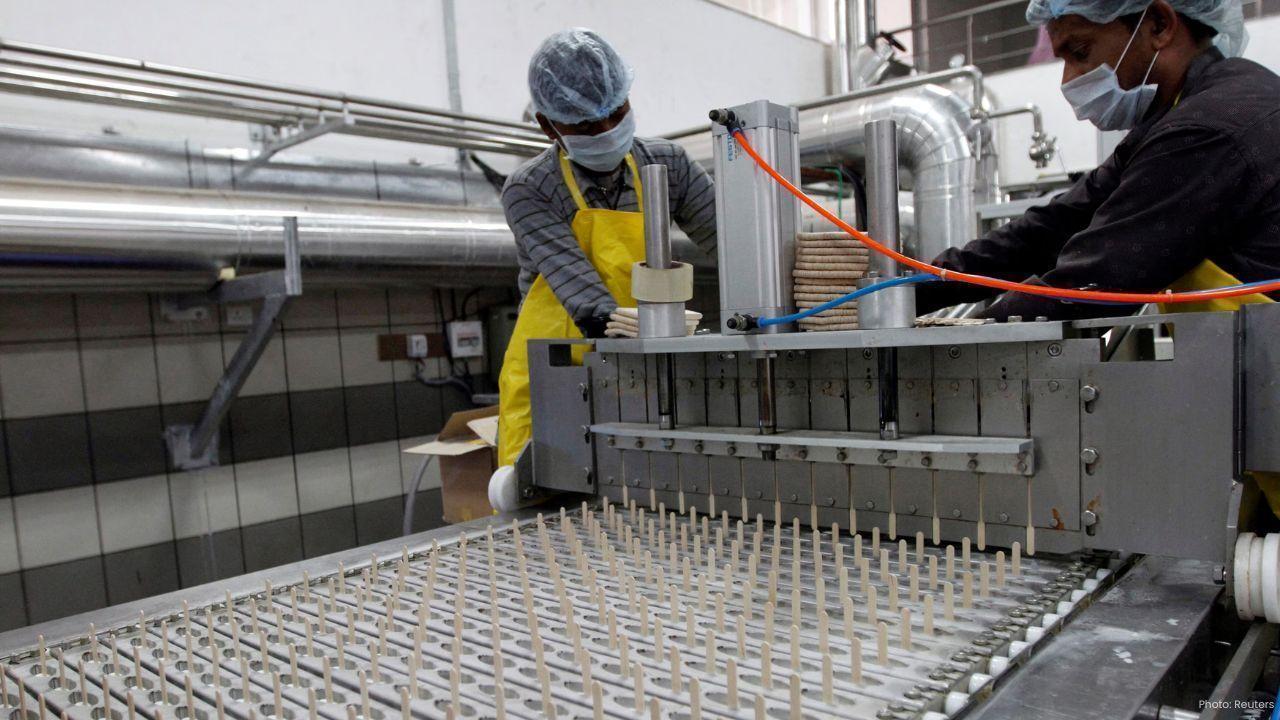
India’s Cold Chain Industry Expanding Beyond Vaccines to Foods
India’s cold chain industry grows beyond vaccines, driven by frozen foods dairy fresh produce and fa

Delta Air Lines Launches Daily Nonstop Flight from Austin to Miami
Delta adds daily nonstop flights from Austin to Miami, giving travelers more convenient options and

Servotech Partners with Enovra to Bring Solar & EV Chargers to Mauritius
Servotech forms deal with Mauritius-based Enovra to supply solar solutions & EV chargers with Enovra

WSC launches global cargo safety programme to stop dangerous ship fires
WSC unveils a safety programme using AI-based cargo screening and joint standards to catch misdeclar

Mahindra NOVO Series Turns 11 Premium Upgrades & 6-Year Warranty Added
Mahindra marks 11 years of its NOVO tractor line by adding Creeper Mode, mBoost tech, better hydraul